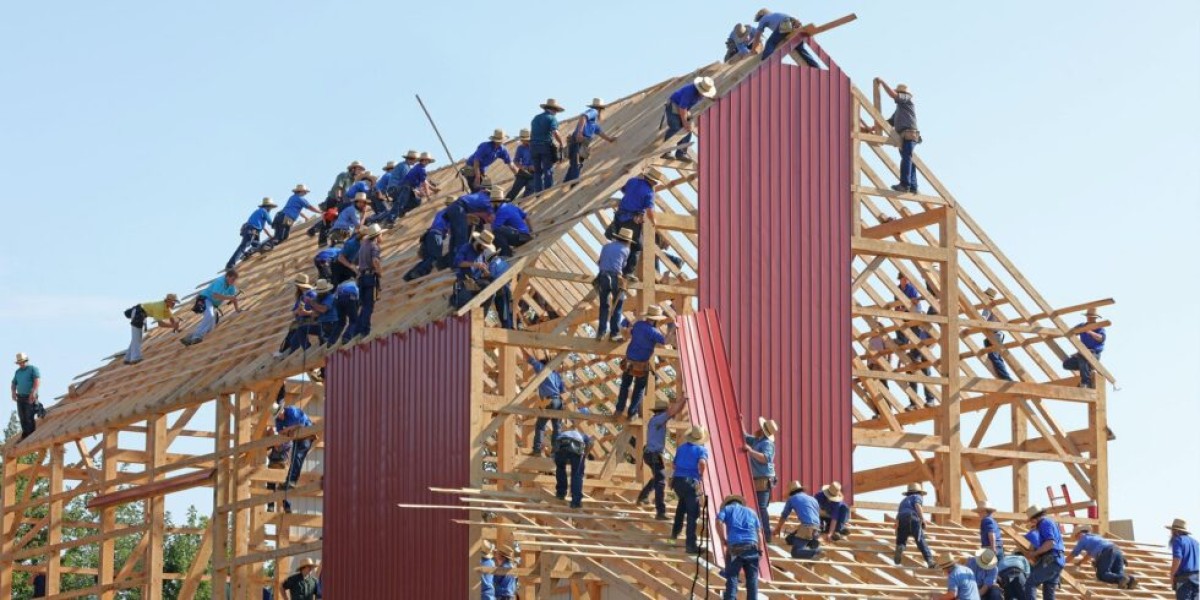New Zealand’s Building Codes and Ventilation

Outdated building codes lead to unhappy people and unsafe homes in New Zealand. Based on climate data, these codes are supposed to be in place to make sure homes are protective, safe and comfortable.
The problem is that climate changes are hitting us hard. Global warming alongside high winds, flooding, wildfires and heatwaves mean we’re having to adapt quickly. Climate data is usually updated on a 10-year cycle and the good news is that building guidelines are currently changing to meet modern needs.
For now, let’s focus on the country’s current building codes, with a focus on how well-ventilated our homes might be.

Healthy Homes and ventilation
Healthy Homes provides support and advice to landlords and property managers, offering full property audits that make sure homes meet Healthy Homes regulations.
In terms of ventilation, however, those regulations only cover extract ventilation. In other words, mechanically extracting old, polluted air (including odours and humidity) from the home to make way for clean air. This is a requirement for kitchens and bathrooms only.
The living room, dining room, kitchen and bedrooms must have openable windows, doors or skylights to meet the ventilation standard for fresh air.

Homestar and ventilation
A “Homestar rating” takes into account a building’s design, energy efficiency, property management and innovation criteria. The organisation exists to make NZ’s homes warmer, drier and healthier.
In 2022, it completed the transition to Homestar v5, making continuous mechanical ventilation a requirement. In recognising that ventilation is essential for comfort as well as to prevent building damage via excessive moisture, Homestar laid out a new set of criteria.

G4 and ventilation
The G4 Building Code represents the minimum standard for new builds in New Zealand. While it does address extract ventilation, it lets homes get away with simply having openable windows in each room.
But is that enough? New builds need ventilation that goes beyond an open window or door. Often based in built-up areas, tenants and homeowners may be faced with noise, security and traffic pollution concerns — not to mention the cold during NZ winters. Opening a window isn’t always viable.
The NZ Building Code is undergoing its biggest change in over 10 years – what’s next?
Clause H1 of the New Zealand Building Code is getting an uplift. Some changes came into effect in May 2023, with more expected over the next couple of years. The idea is to make new buildings warmer, drier and healthier. The knock-on effect here is that less energy is needed to heat them.
We’re expecting to see stricter ventilation requirements in all new builds across NZ, which should eventually bring us closer to international standards. (Right now, we’re falling behind.)
Talk to SmartVent to get your property up to scratch
Homeowners, landlords and builders can make sure they’re complying with all ventilation regulations by counting on SmartVent. We can recommend the best system based on your property’s location, size, layout and materials used, so you or your tenants are protected from airborne threats.
Give our team a call on 0800 140 150 or book a free consultation.